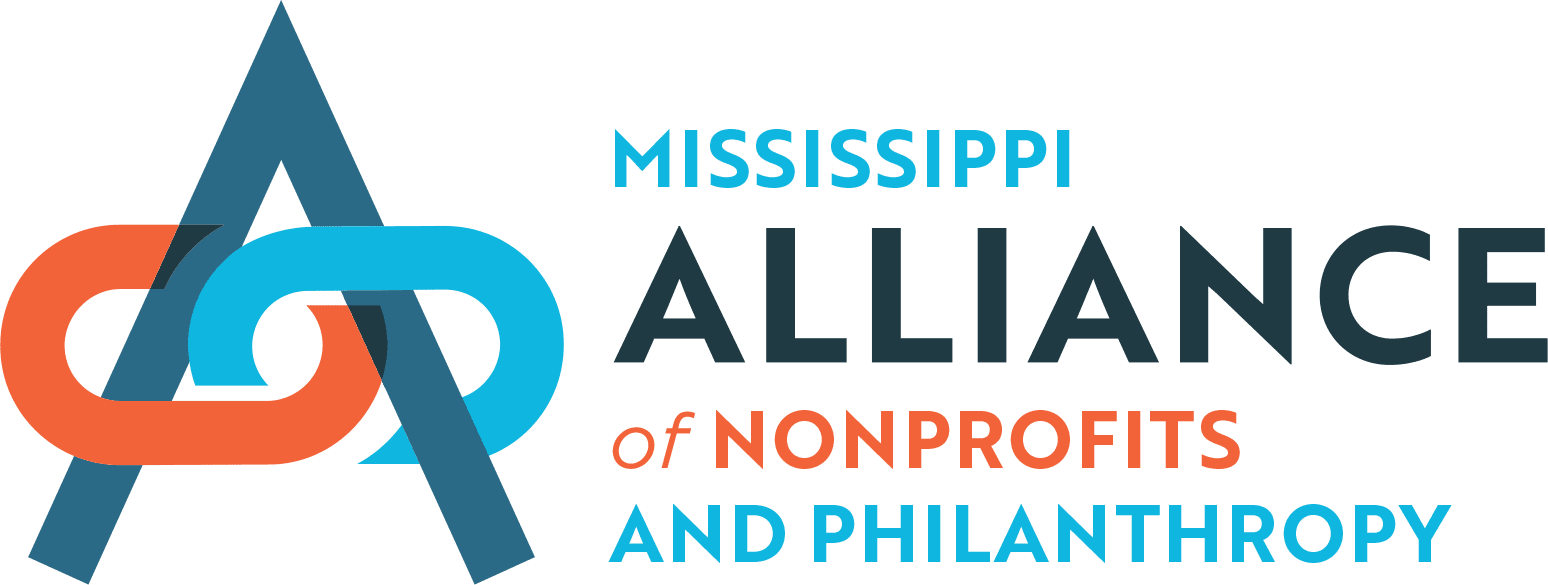Alliance in the News

What Is the True Cost of a 1:1 Device Program? One State’s Careful Rollout Offers a Look

As summer vacation winds down, thousands of devices—including Chromebooks, iPads, and laptops—are in the care of school district IT departments. There, the devices have had updates installed, missing keys replaced, cracked screens repaired and decorative stickers removed. Soon, if not already, those updated and repaired computing devices will be returned to students for the new academic year.
This computing device return-and-repair ritual looks different from the end-of-year textbook and library book return that was a staple of decades past. But it’s increasingly common.
The COVID-19 pandemic and the implementation of emergency remote learning dramatically accelerated the push toward 1:1 computing initiatives that was already underway. One survey of educators found a jump from about two-thirds of middle and high school students having access to a school-issued device prior to the pandemic, to 90 percent a year later. The pandemic-era jump for elementary school students was even larger: from under half to 84 percent. Nearly 60 percent of survey respondents stated that the number of school-issued devices had increased “a lot” since the pandemic began.
Yet observers increasingly caution that merely having devices isn’t enough—a fact that is borne out by research about the effectiveness of 1:1 initiatives. A pre-pandemic meta-analysis found that 1:1 laptop programs positively impacted student performance in English, writing, mathematics and science, with some mixed results about whether these findings were equally true for students of lower socioeconomic backgrounds and whether 1:1 initiatives could help bridge the achievement gap.
At the same time, the meta-analysis described dozens of additional studies showing that laptop programs were correlated with positive teaching and learning processes, including more use of project-based learning and stronger relationships between students and teachers. But these positive teaching and learning benefits didn’t occur in a handful of counterexamples.
That was the case of Birmingham, Alabama, where a 1:1 initiative was imposed by the city government in 2008 with virtually no support for professional development, technological infrastructure, curricula or repair. Significant barriers prevented teachers and students from making wide use of the devices, and the program was eventually dismantled after three years.
Related Articles
Equity in Response, Recovery and Resilence: An Action Report in Five Parts
The Mississippi Alliance of Nonprofits and Philanthropy (the Alliance) was created to enhance coordination, collaboration, and communication among nonprofits, maximizing existing funding and expanding resources. The Alliance also focuses on embedding equity into nonprofit work, aiming to ensure equitable outcomes. During the 2022 Jackson water crisis, nonprofits worked to meet urgent needs. Recently, with funding from the US Water Alliance, the Alliance and its partners have been studying equity in disaster response, recovery, and resilience efforts.
Revisiting Big Questions for Philanthropy: When to Bridge and When to Fight
Two big, related questions have hung over many in philanthropy these past several years: first, how best to protect democracy, and second, how to work to bridge differences in a polarized time.
Sabbaticals and the Case for More Rest for Leaders of Color
Social change isn’t possible when nonprofit leaders are exhausted. Extended paid leave helped me — and can help others.

